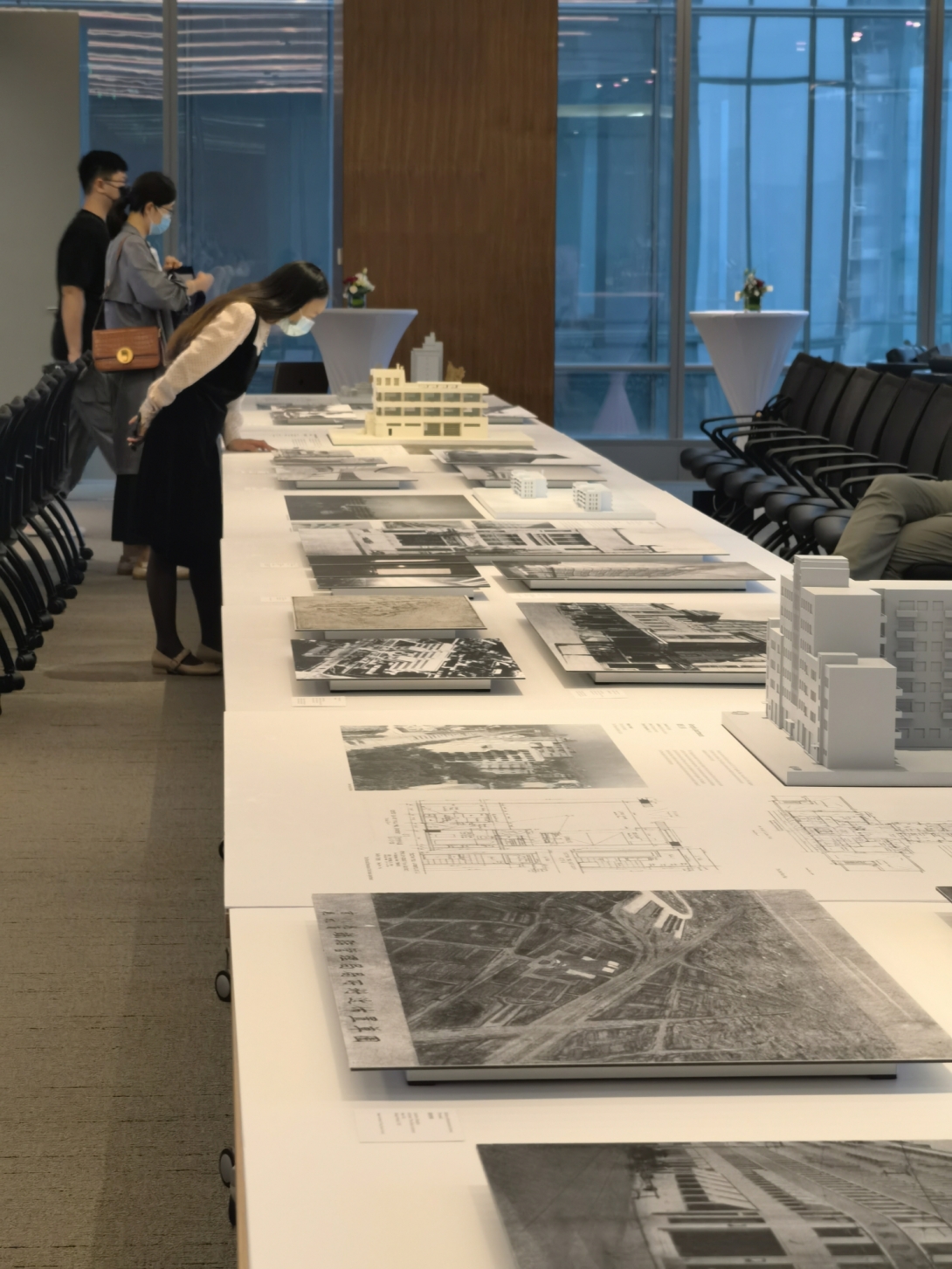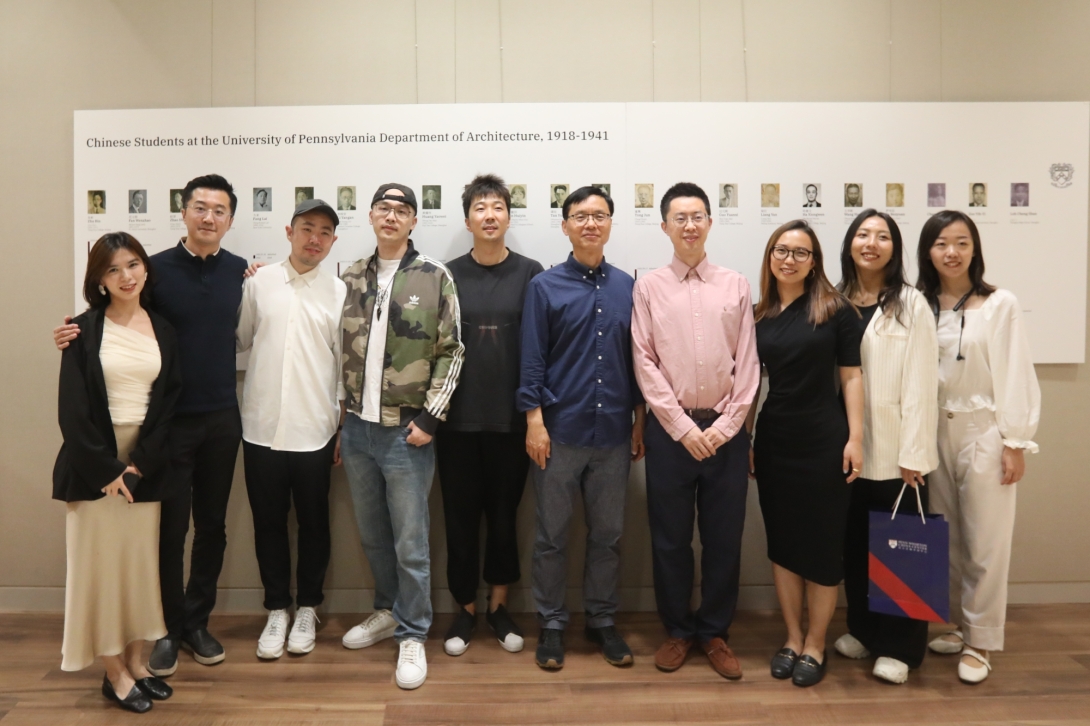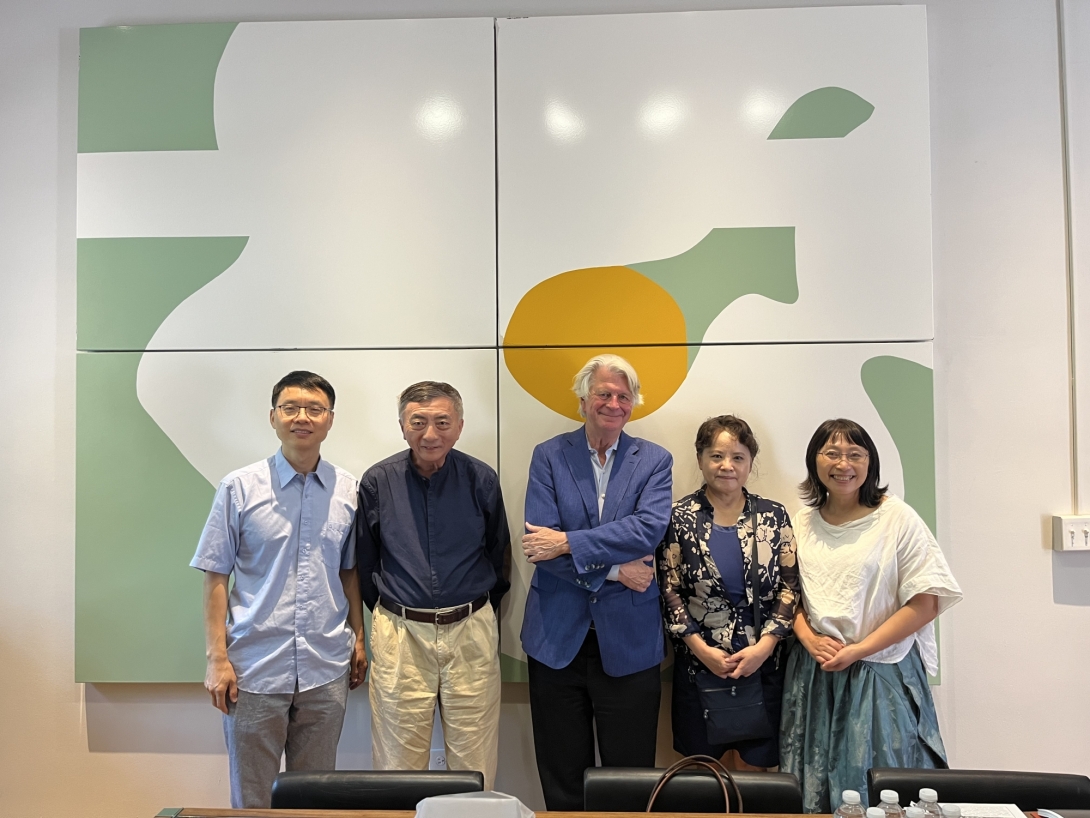October 15, 2023
An Architectural Pioneer Receives Her Due
Penn to Award Posthumous Architecture Degree to Lin Huiyin
By Rebecca Greenwald
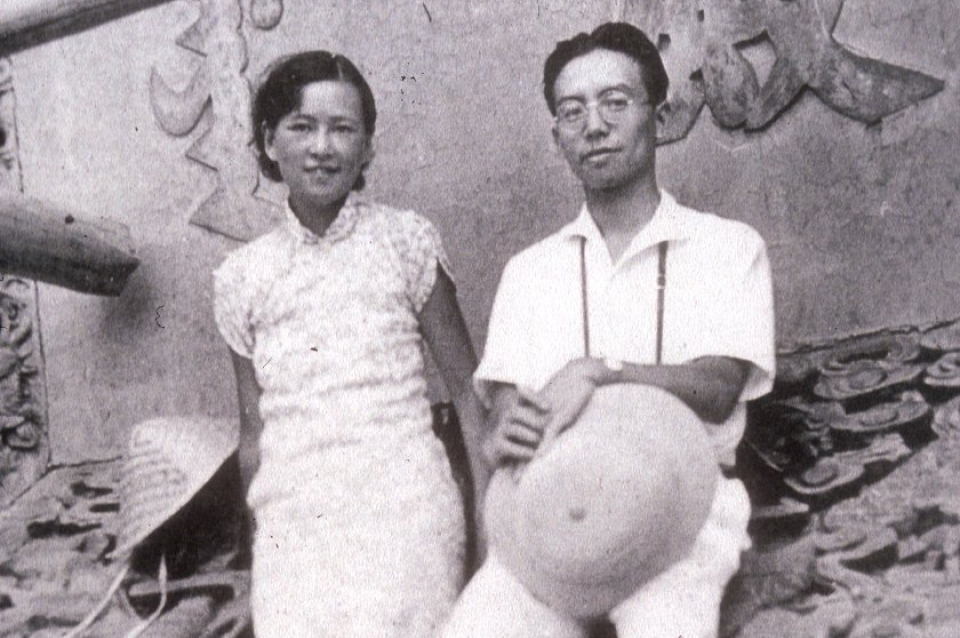
Lin Huiyin (left) and Liang Sicheng at the Temple of Heaven in Peking, ca. 1936 (Image: University of Pennsylvania Fisher Fine Arts Library image collection)
Close
Lin Huiyin (left) and Liang Sicheng at the Temple of Heaven in Peking, ca. 1936 (Image: University of Pennsylvania Fisher Fine Arts Library image collection)
Liang and Lin at the Ball L'Impressionistique, organized by Penn's architecture students in 1926 (Photo: University Archives at Penn)
One of the illustrations Lin contributed to the women's undergraduate yearbook, 1926 (Photo: University Archives at Penn)
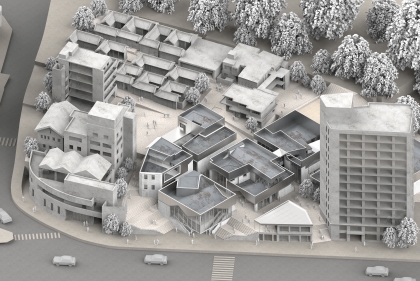
 View Slideshow
View Slideshow

